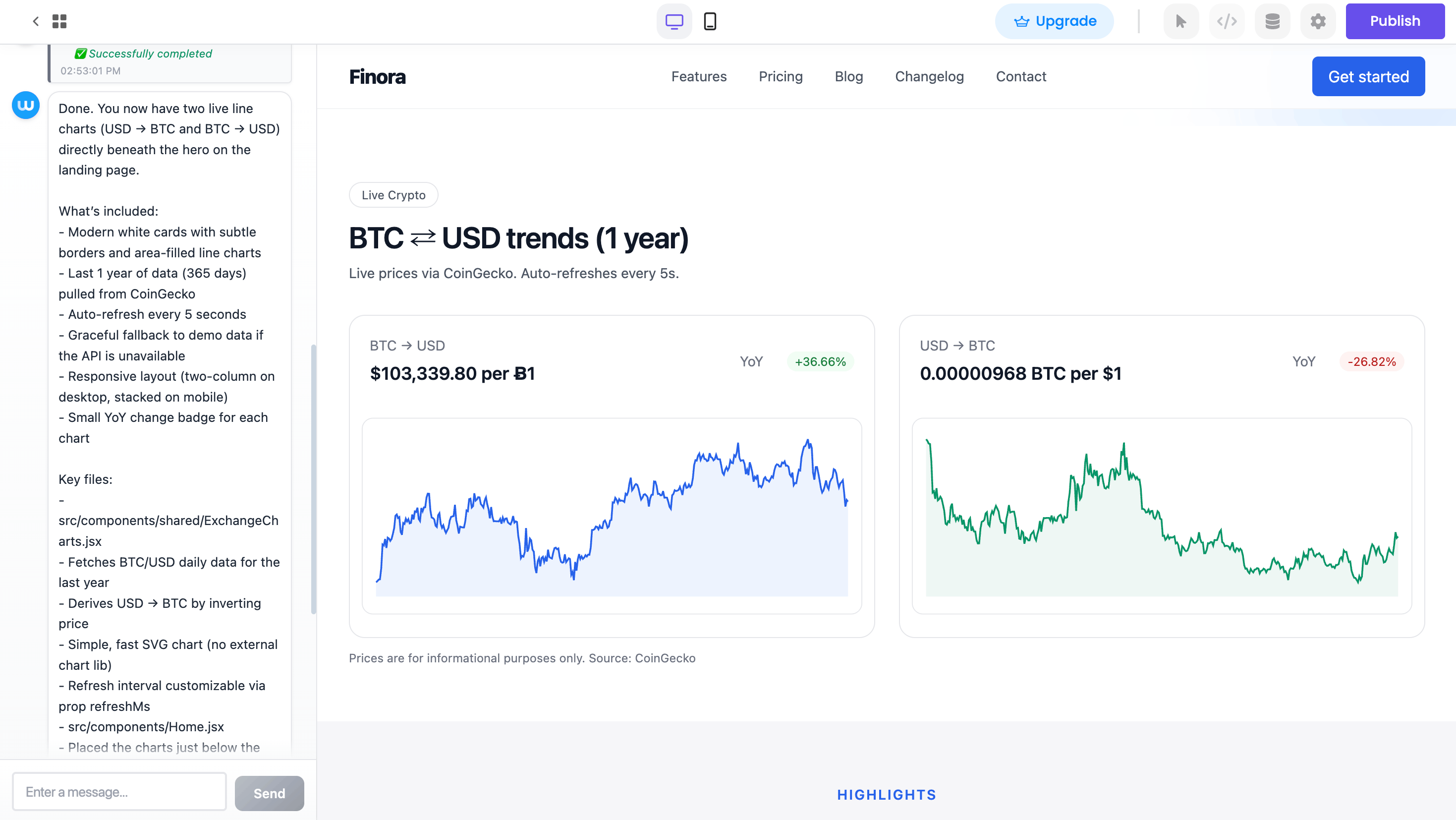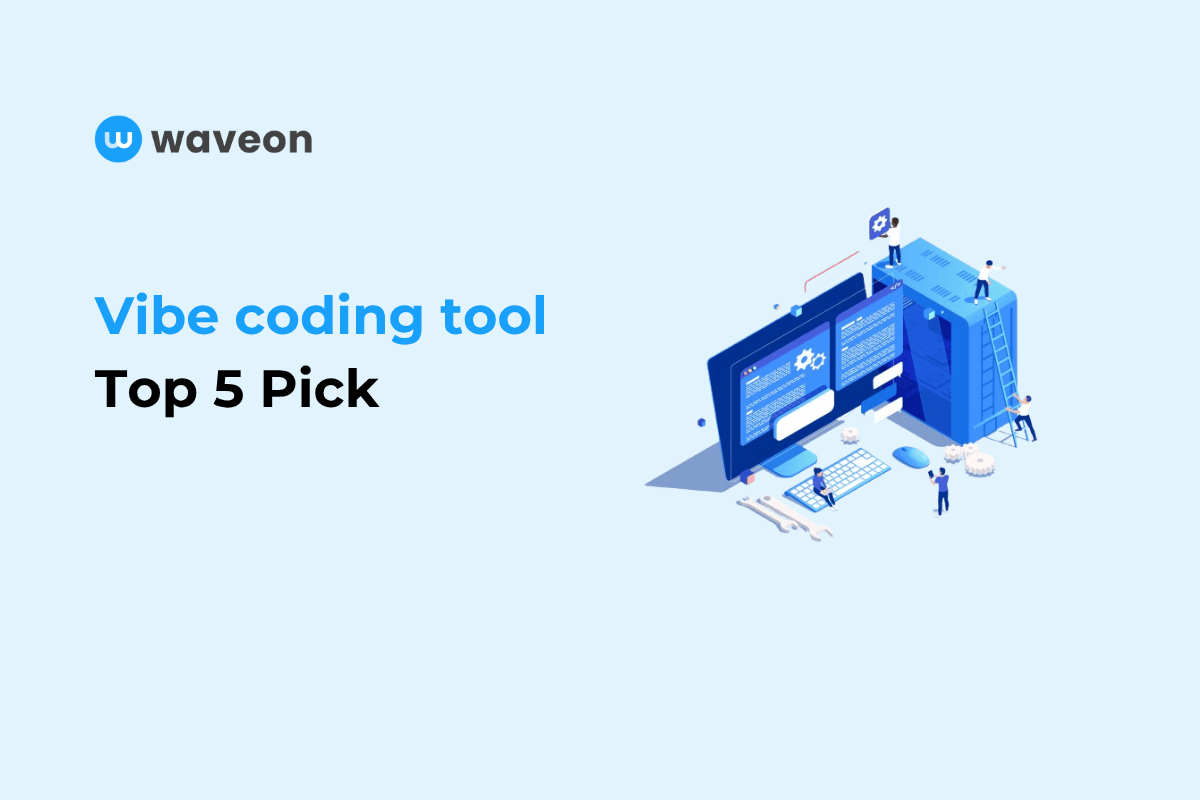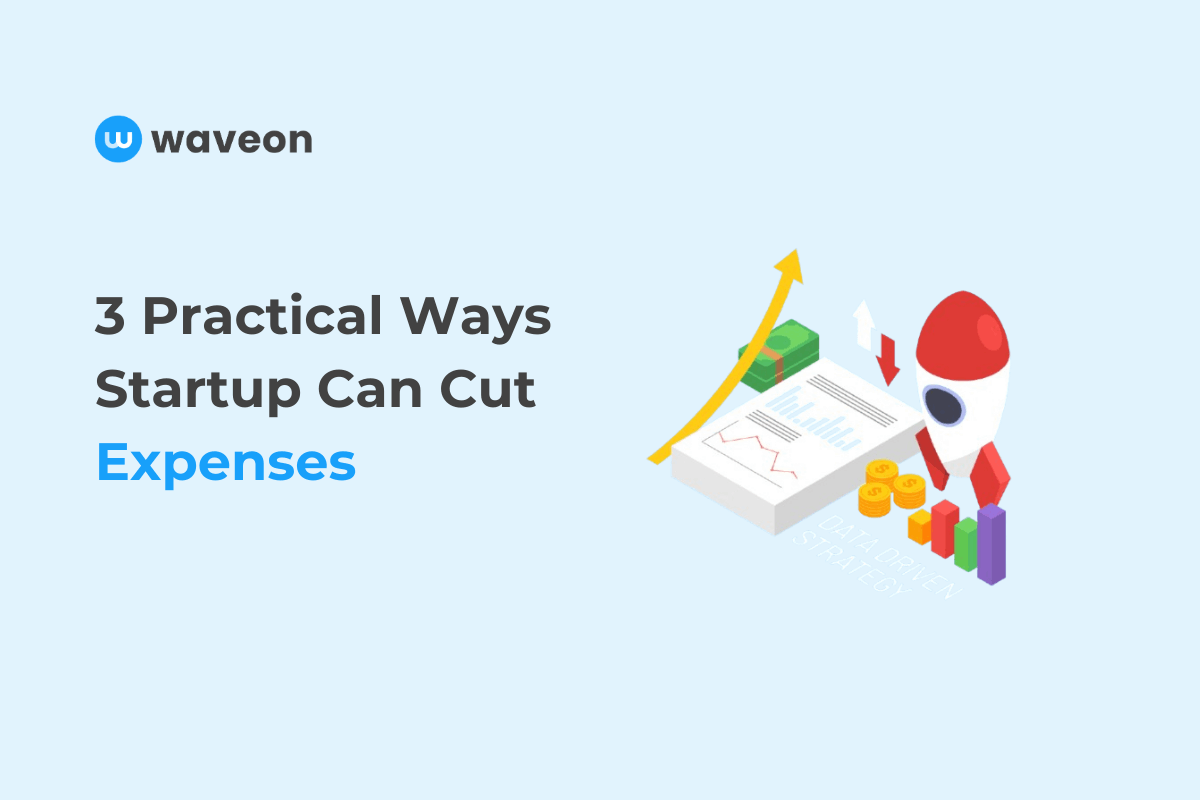
Blog
Explore Waveon's blog for AI website builder insights, success stories, and expert tips. Learn how to create professional websites that convert with our AI-powered platform.

Landing page generator for ecommerce product launch campaigns: how to choose and use one
If you run ecommerce product launches, a landing page generator for ecommerceproduct launch campaigns can save you from wrestling with your main site everytime you announce something new. Instead of trying to bend your existing productpage or homepage into a launch destination, a generator helps you spin upfocused, testable pages quickly. This matters because most marketers stillstruggle with

How to Use Landing Page Generator to Improve SaaS Signup Conversions
If you are trying to figure out how to use a landing page generator to improveSaaS signup conversions, the goal is not just to spin up pages faster. You wanta repeatable way to turn more visitors into trial users, freemium signups, ordemo requests without needing a developer every time. That means setting up yourgenerator, your page structure, and your integrations so every new page youpublis

Top 2025 landing page generator platforms for startup launches compared
If you are getting ready to launch a new product, your landing page willprobably be the first serious test of your idea. Choosing the right platform canmake the difference between shipping something over a weekend and spending weekswrestling with templates and integrations. In 2025, the top landing pagegenerator platforms for startup launches give you a lot of power without code,but they are

Best landing page generator tools for small business growth and how to pick one
If you run a small business, landing pages can quietly become one of your bestgrowth engines. The challenge is finding the best landing page generator toolsfor small business growth without wasting weeks learning new software. You needsomething that helps you launch quickly, collect leads, and see what’sworking—without hiring a developer or designer. This guide walks through theessentials: wh

Landing page generator meaning for ecommerce lead generation explained simply
If you run an online store, you have probably heard the term “landing pagegenerator” and wondered what it actually means in the context of ecommerce leadgeneration. In simple terms, it is a tool designed to help you turn traffic fromads, social posts, and emails into email subscribers, SMS leads, and newcustomers—without needing to code. Instead of sending people to a busy homepage,you send t

What Is Landing Page Generator for No-Code Marketers and How It Works
If you are tired of waiting on developers every time you want to launch a newcampaign, you have probably wondered what a landing page generator for no-codemarketers actually is and whether it can really replace custom-built pages. Insimple terms, these tools promise that you can ship, test, and improve landingpages yourself, without touching a line of code. That matters, because trafficis too

AI website builder for small business B2B lead generation: a practical guide
If you run a small B2B company, your website’s main job is not to “look modern.”Its job is to bring in a steady flow of qualified leads. An AI website builderfor small business B2B lead generation can help you do that without hiring afull marketing team or learning to code. In this guide, we will walk through howto plan, build, and improve an AI-powered site that reliably captures andqualifie

How to Use an AI Website Builder to Improve Conversion Rates on Your Site
If you are trying to figure out how to use an AI website builder to improveconversion rates, you are not alone. Across industries, the average websiteconversion rate often sits somewhere between 2–5%, according to benchmark datacompiled by Invesp for 2024 (source). That means most visitors leave withoutbuying, booking, or signing up. AI builders promise faster, smarter optimizationwithout nee

Top 2025 AI Website Builder Platforms for Ecommerce Brands Compared
Top 2025 AI Website Builder Platforms for Ecommerce Brands When you look up thetop 2025 AI website builder platforms for ecommerce brands, the same names tendto show up in every roundup. Shopify, Wix, Squarespace, WordPress-based builderswith AI assistants, and newer AI-native tools are all competing to make iteasier to launch and grow online stores without heavy development work. The bigshif

Best AI Website Builder Tools for Startup Landing Pages That Are Simple and Effective
If you are trying to ship a landing page for your startup this week, not“someday,” the best AI website builder tools for startup landing pages can feelalmost like cheating. You type a short description of your product, pick a goal,and within minutes you have a working page with layout, copy, and basic brandingdone for you. That speed matters: in Unbounce’s latest benchmarks, the medianlanding

AI website builder meaning for small business marketing teams: What It Is and How to Actually Use It
If you work on a small business marketing team, you have probably seen thephrase “AI website builder” everywhere and wondered what it actually means inpractice. The phrase sounds promising, but it is also vague and full of hype. Inthis article, we will unpack the real AI website builder meaning for smallbusiness marketing teams, translating the buzzwords into concrete workflows youcan use on

AI landing page builder for marketing agencies: How to Launch High-Converting Pages at Scale
If you run a marketing agency, you already know the pressure: more campaigns,more channels, and clients who expect quick turnarounds plus provable ROI. An AIlanding page builder for marketing agencies is emerging as one of the mosteffective ways to keep up without constantly adding headcount. Instead ofwaiting days or weeks for design and development, your team can go from brief totest-ready

How to Compare Waveon Pricing and Features with Other AI Landing Page Builders
Introduction: Why You Need to Properly Compare Waveon Pricing and Features withOther AI Landing Page Builders If you have ever tried to compare Waveon pricingand features with other AI landing page builders, you have probably felt thatmix of excitement and overwhelm. Every tool promises “high-converting pages inminutes,” but the moment you open three or four tabs, your brain hits decisionfati

Step-by-Step Guide to Building a Product Launch Landing Page Using AI Templates
Launching a new product is exciting, but turning that excitement into actualsign-ups or sales depends heavily on one thing: your landing page. Thisstep-by-step guide to building a product launch landing page using AI templateswalks you through every stage, from planning your offer to hitting “publish”with confidence. You will see how AI templates can dramatically shorten the timefrom idea to

How to Choose an Affordable AI-Powered Landing Page Creator for Startups With Analytics
If you are running an early-stage company, the phrase “affordable AI-poweredlanding page creator for startups with analytics” probably sounds like exactlywhat you need—and also a little too good to be true. You are trying to launchfast, test ideas without a full tech team, and understand what is actuallyworking so you do not waste limited runway. Meanwhile, you are bombarded withtools that pr

How to Add a USD ↔ BTC Chart to Your Fintech Landing Page — Instantly with AI
When landing pages, especially for the fintech industry, charts such asreal-time cryptocurrency trackers provide more than just visual value, as theycan also serve as key drivers for conversion. However, when it comes toimplementation, the problem doesn’t only stem from technicalcomplexity.Traditional website builders commonly force developers to choosebetween speed and functionality. Either

Build Online Success: AI No-Code Myths Debunked
Introduction to AI No-Code Platforms If you’ve ever thought “we need a betterwebsite but we don’t have engineers,” you’re exactly who AI no-code platformsare built for. These tools combine AI-assisted content and design withdrag-and-drop builders so you can ship a fast, on-brand site or landing pagewithout writing code. Used well, they reduce time-to-launch from weeks to hoursand help you ite

Maximizing ROI with AI-Driven Web Design Tools
Small and medium-sized businesses don’t have months or massive budgets to build,test, and optimize their websites. They need results—fast. AI-driven web designtools promise exactly that: shorter build cycles, smarter UX decisions, andmeasurable impact on revenue and lead generation. In this guide, you’ll learnhow AI elevates web design from a cost center to a growth engine—and how toimplement

AI-Driven No-Code Design: Unlock Creativity
AI no-code design tools are reshaping how teams conceive, build, and launchdigital experiences—without writing a single line of code. For small tomedium-sized businesses, marketing teams, entrepreneurs, and startups, thesetools provide a creative accelerator: they translate ideas into on-brandwebsites and landing pages in hours instead of weeks, and enable rapidexperimentation that fuels grow

No-Code AI: Transform Your Web Design Approach
Modern web design is undergoing the fastest transformation since the advent ofresponsive frameworks. AI no-code platforms empower marketers, founders, andsmall teams to build professional-grade websites and landing pages withoutwriting a line of code—while improving performance, SEO, and conversion rates.If you’ve ever been blocked by developer backlogs or plugin chaos, the new waveof AI no-c

Build Websites Fast: AI Tools Unleashed
Launching a professional website used to be a weeks-long project. Today, an AIwebsite builder for entrepreneurs compresses that timeline into hours—evenminutes—without sacrificing quality. With no-code platforms like Waveon,founders, small-business owners, and marketing teams can generate on-brandwebsites and high-converting landing pages, powered by AI that handles design,content, and optimi

From Idea to Launch: Build Websites with AI
If you’re a small or medium-sized business, a marketing team, or a startupfounder, launching a high-quality website quickly can make or break yourgo-to-market momentum. The good news: AI has transformed how websites areplanned, built, and improved—dramatically reducing time, complexity, andcost.This guide walks you through the complete AI website building process—frompreparation and design to

AI Website Builder Trends: Future-Proof Your SMB
Discover the AI website builder trends reshaping how small to medium-sizedbusinesses plan, build, and grow their online presence—without writing code.Learn the strategies, tools, and guardrails you need to future-proof your SMB ina fast-changing digital landscape.Primary keyword: AI website buildertrendsAudience: SMB owners, marketing teams, entrepreneurs, and startupsGoal:Practical playbook

Vibe coding tool: Top 5 Picks (2025) — Features, Pros & Cons & Pricing Compared
Vibe coding tool — CursorOverviewCursor is an AI-first code editor and assistantdesigned to speed up development workflows with in-editor code generation, smartcode review, and automated fixes. It aims to be a one-stop environment fordevelopers who want conversational help without leaving theircode.AdvantagesTight editor integration and fast, contextualsuggestions.Built-in review automation a

Startup costs: 3 Practical Ways Startups Can Cut Expenses
Startup costs pressures make cash management a top priority for early stagefounders. This article describes three practical approaches that reduce overheadwhile keeping your team productive and your company credible.Passion and ideasdrive startups, but limited resources require careful choices. Regularlytracking key financial metrics and aligning actions to your company stage areessential. Be
